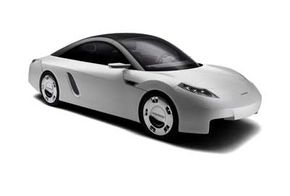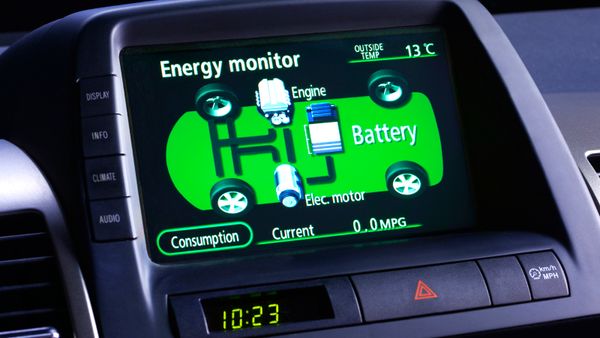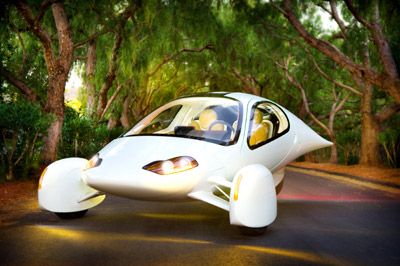In the past decade, automobiles in the United States have followed the same trend as Americans' waistlines, growing bigger and bigger. We're not just talking about enormous models such as the Hummer and other full-size SUVs. Even sedans and mid-sized cars have ballooned. For instance, the 2007 Honda Accord outweighs its 1988 counterpart by almost 600 pounds [source: Woodyard].
Advertisement
Since fuel prices have risen as well, car companies and consumers alike are scrambling to find more efficient alternatives. Much of the mainstream attention has focused on different ways to power cars, rather than altering the body. But one promising solution that researchers and manufacturers have tossed around since the mid-1990s is the concept of an ultralight car.
The term started popping up in many places in 1993 with the kick-off of the Partnership for a New Generation of Vehicles. This agreement brokered by then-Vice President Al Gore and the executives of the Big Three auto makers (Ford, DaimlerChrysler and General Motors) laid out a goal to build an 80-mile-per-gallon car by 2003 [source: Partnership for a New Generation of Vehicles]. One cornerstone of the alliance was researching ultralight materials, such as carbon composites and lighter steels and plastics as a way to jolt fuel efficiency.
Just how light are we talking? German car startup company, Loremo, which stands for low resistance mobile, will soon put its first models on sale in Europe that weigh around 1,200 pounds (544 kilograms). To put that in perspective, that 2007 Honda Accord we mentioned earlier is 3,197 pounds (1,450 kilograms). And it's even lighter than the pint-sized, 1800-pound (816-kilogram) Smart Fortwo model. In exchange for the more svelte body, the Loremo LS gets around 120 miles to the gallon [source: Loremo].
Why does weight make such a difference? And how safe are these fitter models? We'll talk ultralight science and safety on the next page.
Advertisement



